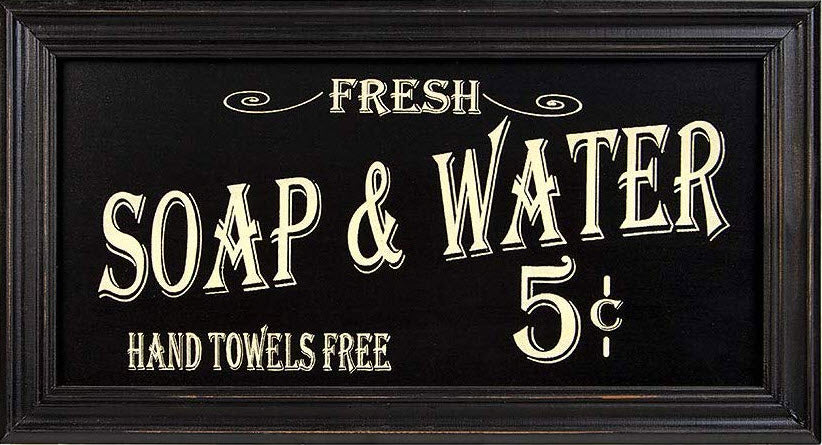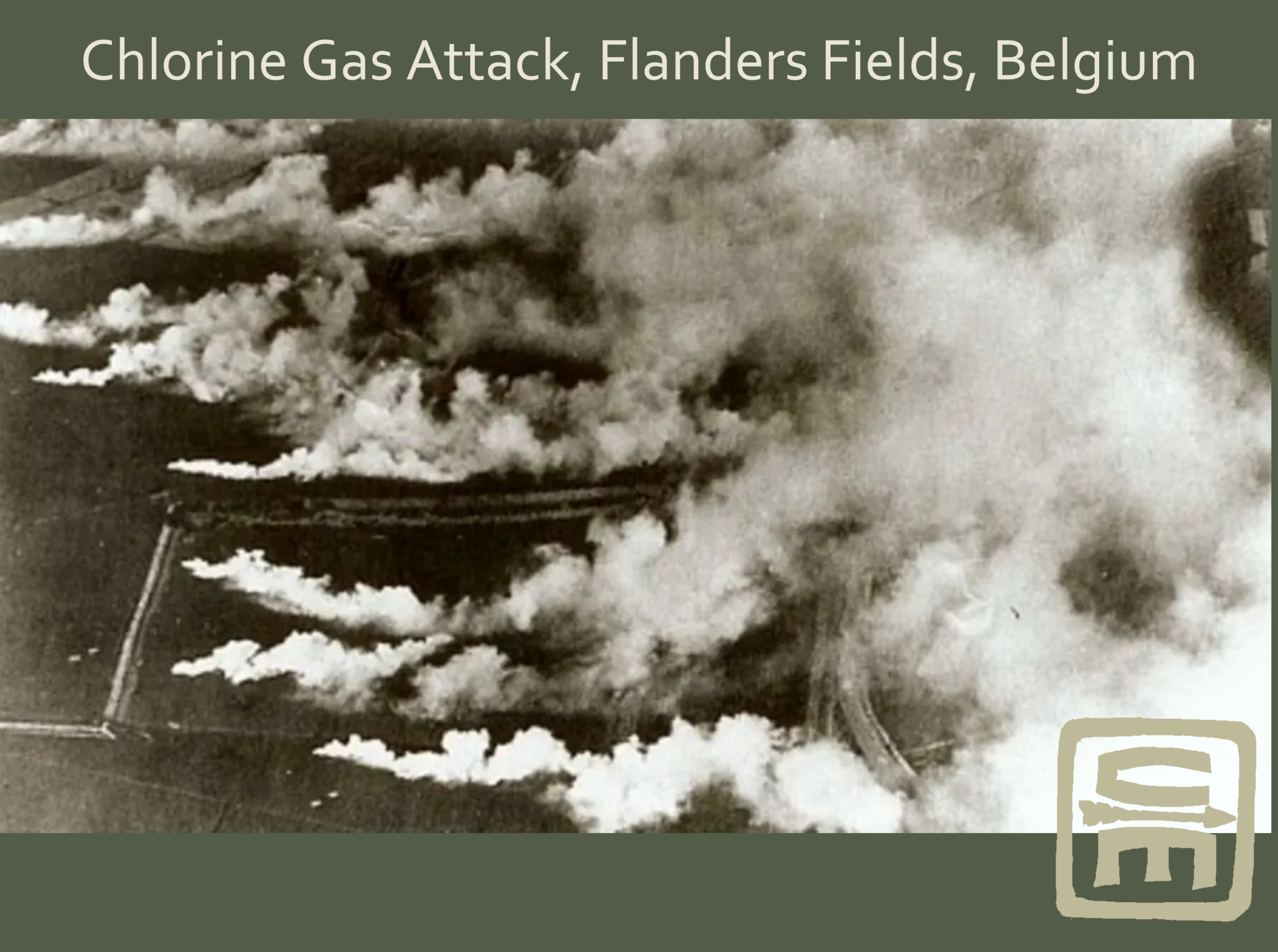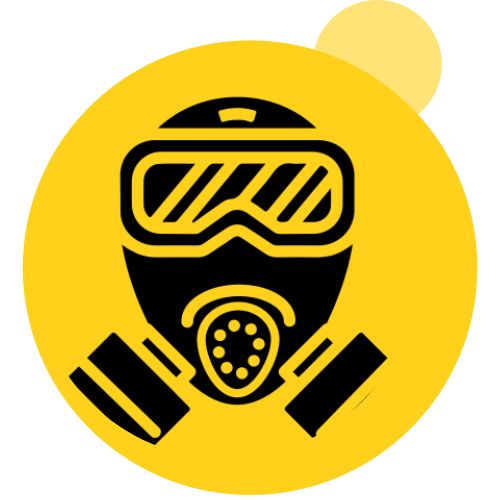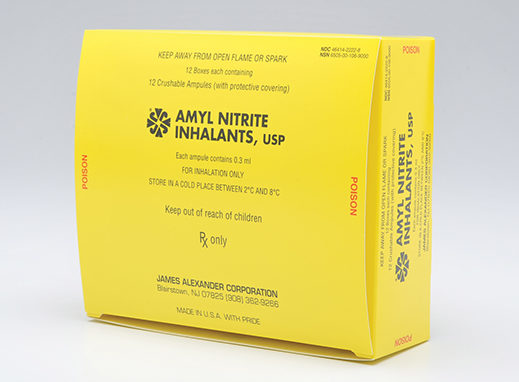Hydrofluoric acid is frequently used in the petroleum and semiconductor industry. When it comes in contact with skin, the acid burns and penetrates deeply. Fluoride in the acid binds to calcium in the body, leaching it out of bone. This …
The use of chemical warfare agents is not only relegated to WWI: The US Department of Homeland Security – FEMA, Co-TCCC, are both currently working on chemical warfare/agent casualty management guidelines, and the Committee for Tactical Emergency Casualty Care published guidelines on 16 August 2021. With the offensive use of chlorine, sulfur mustard, and nerve agents in Syria & Iraq over the last several years, chemical warfare is a current problem. These articles are written for professionals who may be called up on to treat casualties who are both chemically contaminated and traumatically wounded.
Chloropicrin (NATO code PS) was first used as a chemical warfare agent by Russia in 1916 during WWI. It’s relevant again today. BLUF: On a spectrum of severe effects, chloropicrin toxicity falls between chlorine and phosgene but also has GI …
Individuals or casualties exposed to chemical warfare agents are best decontaminated by a procedure that absorbs, removes, and neutralizes the agent. Reactive Skin Decontamination Lotion (RSDL) impregnated sponges are well studied and used by US DOD for this purpose. In …
🕖 Reading Time, 5 minutes WWI saw the greatest advancement and experimentation of chemical weapons the world has seen. Irritating agents (teargas) were the first chemical warfare agents used during World War I. Used by the French in August 1914, …
🕖 Reading Time, 2 minutes In 2011 Syria was felt to have had one of the largest and most operational CW arsenals in the world. They had mustard, sarin, VX nerve agents, and binary chemicals that could be combined to …
Amyl nitrite is a highly flammable, volatile, liquid medication that is proposed as a prehospital inhalation treatment of cyanide casualties while awaiting parenteral (IV / IO) access. BLUF: In a high-risk tactical environment with both cyanide poisoned and traumatically wounded …






